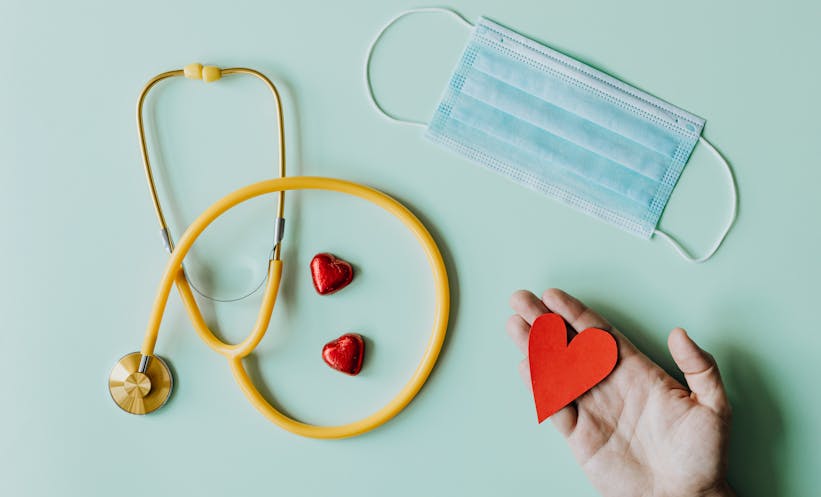BACKGROUND AND AIMS
Psoriasis has been associated with vascular and myocardial dysfunction through mechanisms of inflammation and oxidative stress.1,2
The authors’ aim was to evaluate sublingual microvascular perfusion and glycocalyx barrier properties in patients with psoriasis, as well as their correlation with coronary microcirculatory function and markers of myocardial deformation and atherosclerosis (carotid intima-media thickness [cIMT]).
MATERIALS AND METHODS
The authors examined 297 patients with psoriasis and 150 controls, adjusted for age, sex, and atherosclerotic risk factors. Perfusion boundary region (PBR), a marker of glycocalyx barrier function, was measured non-invasively in sublingual microvessels, with a diameter ranging from 5 μm to 25 μm, using a dedicated camera (Sidestream Dark Field imaging, Microscan, GlycoCheck). An increased PBR indicates reduced glycocalyx thickness. Indexes of microvascular perfusion including red blood cell (RBC) filling percentage and functional microvascular density were also calculated.3 The authors measured coronary flow reserve, cIMT, and myocardial deformation markers by speckle tracking imaging, utilising echocardiography (peak twisting; the percentage changes between peak twisting and untwisting at mitral valve opening [%dpTw-UtwMVO], at peak [%dpTw-UtwPEF], and at the end of early left ventricular diastolic filling [%dpTw-UtwEDF]).
RESULTS
Patients with psoriasis had higher PBR5-25 compared to controls (2.13±0.29 versus 1.78±0.25 μm; p<0.05). There was an inverse association of PBR5-25, with perfused microvascular density (r=-0.42; p<0.001) and RBC fraction (r=-0.80; p<0.001). In the population of people with psoriasis, PBR5-25 was inversely correlated to coronary flow reserve (r=-0.30; p=0.045). Increased values of PBR5-9 were associated with reduced untwisting at the end of the mitral inflow E wave (r=-0.24; p=0.006) and reduced %dpTw-UtwMVO (r=-0.35; p<0.001). Furthermore, the decreased RBC filling percentage and perfused microvascular density were related to worse left ventricular longitudinal strain and increased cIMT (p<0.05). Finally, a positive correlation between perfused microvascular density and %dpTw-UtwMVO was observed in patients with psoriasis (p<0.05).
CONCLUSION
Endothelial glycocalyx thickness is reduced in patients with psoriasis and is associated with impaired coronary and myocardial function and vascular atherosclerosis.








